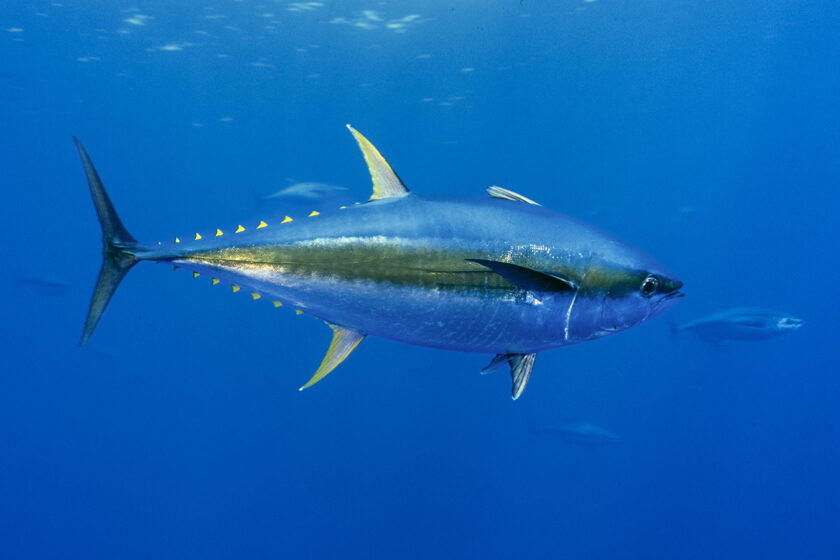Fish are among the most diverse and fascinating creatures on the planet. Their myriad forms, behaviors, and ecological roles evoke curiosity and admiration. From shimmering scales to complex social structures, the depths of the ocean and freshwater habitats hold a wealth of mysteries. Here, we delve into some captivating facts about fish that illustrate their uniqueness and importance in our ecosystem.
1. Fish Diversity
There are over 34,000 recognized species of fish, making them the most diverse group of vertebrates on Earth. They inhabit a range of environments, from the darkest abyssal zones to vibrant coral reefs, and even freshwater lakes and rivers. The sheer variety among species is astounding, with shapes and sizes that vary dramatically. For instance, the dwarf pygmy goby measures less than one inch in length, while the whale shark can grow up to 40 feet long. Such diversity sparks intrigue about their evolutionary adaptations that allow survival in various habitats.
2. Ancient Lineage
Fish have existed for over 500 million years, making them one of the oldest groups of vertebrates. Fossils of early fish, such as the jawless Agnatha, provide insights into the evolution of vertebrates. The sheer longevity of fish as a species highlights their adaptability and resilience over geological epochs. Understanding their evolutionary history offers glimpses into how life on Earth has progressed and adapted from simple organisms to complex forms.
3. Communication Skills
Fish communicate with one another using a variety of methods, including color changes, body language, and sounds. For instance, certain species, like the clownfish, employ visual signals to establish territory and recognize mates. Others, such as the croaking gourami, use vocalizations to attract partners or warn predators. The complexity of these communication methods raises questions about the social structures within fish populations and their cognitive capabilities.
4. Sensory Superpowers
Fish possess remarkable sensory adaptations that enhance their survival. Their lateral line system, a network of sensory cells along their flanks, allows them to detect vibrations and movement in the water. This adaptation is crucial for hunting, navigating, and avoiding predators. Furthermore, some fish have an acute sense of smell, which can be thousands of times more sensitive than that of humans, enabling them to locate food and mates from great distances.
5. Bioluminescence
Many deep-sea fish species exhibit bioluminescence, the ability to produce and emit light. This phenomenon serves various purposes, from luring prey to deterring predators. For example, the anglerfish uses a bioluminescent lure to attract unsuspecting prey, while the lanternfish employs light to communicate and find mates. The enchanting glow of these fish underscores the beauty and complexity of life forms adapted to extreme environments.
6. Unique Reproductive Strategies
Fish display an astonishing array of reproductive adaptations. Some species are oviparous, laying eggs that develop externally, while others are viviparous, giving birth to live young. For instance, seahorses engage in a unique reproductive role reversal where the male carries and nurtures the young in a specialized pouch. Such variations indicate the diverse strategies fish employ to ensure species survival and parental investment, prompting intrigue about mating behaviors and reproductive success.
7. Migratory Wonders
Many fish species undertake epic migrations, the most famous being the journey of salmon. Born in freshwater rivers, they migrate to the ocean, only to return upstream years later to spawn. Other notable migratory fish include eels, which travel thousands of miles from freshwater to spawn in the Sargasso Sea. These migratory patterns emphasize the interconnectedness of aquatic ecosystems and raise questions about the navigational skills these fish possess.
8. Symbiotic Relationships
Fish often engage in fascinating symbiotic relationships with other marine organisms. The clownfish and sea anemone exhibit mutualism, where the clownfish finds refuge among the anemone’s stinging tentacles while providing it with nutrients from its waste. Such interactions highlight the complex web of life within ecosystems and the intricate dependencies among species, prompting further exploration into the benefits of collaborative behaviors in nature.
9. Endangered Species
Despite their abundance, numerous fish species face threats from overfishing, habitat destruction, and climate change. The decline of fish populations has significant ecological consequences, affecting predator-prey dynamics and the health of entire ecosystems. Understanding the challenges that fish face instills a sense of urgency regarding conservation efforts, prompting further investigation into sustainable fishing practices and habitat preservation.
10. Cultural Significance
Fish hold profound cultural importance across the globe, symbolizing various values and beliefs throughout history. They appear in mythology, art, and folklore, often representing abundance and prosperity. In many cultures, fish serve as a vital food source, further entwining them with human society. Exploring the cultural significance of fish provides insights into how these creatures shape human experiences and our relationship with the natural world.
In conclusion, fish are not only vital components of aquatic ecosystems but also intriguing subjects of study due to their diverse adaptations, behaviors, and interactions within their environments. Their ancient history, unique communication methods, and migratory patterns invite further exploration. Understanding fish leads to greater appreciation of biodiversity and highlights the urgent need for conservation in a rapidly changing world.






